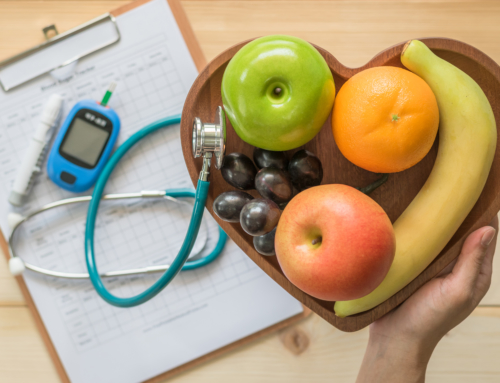CLICK HERE TO LEARN MORE ABOUT CARDIOLOGY SERVICES AT MRH
According to the Centers for Disease Control (CDC), one in three adults in the United States has high blood pressure, medically known as hypertension. While only 25% of men ages 35 to 44 have high blood pressure, 64% of men from age 65 to 74, do. Women suffer from the condition at similar rates, but surpass men after age 75.
“High blood pressure occurs when the elasticity in the arteries gradually decreases as the body ages and as fatty material builds in those vessels,” said a cardiologist with Memorial Regional Health. They added that there are other reasons for the development of hypertension, but these causes tend to be extremely uncommon.
Checking blood pressure regularly
High blood pressure has no symptoms. In the past it was assumed that people with high blood pressure experienced headaches and nose bleeds. These myths have been disproven. With no warning signs to alert you, you need to have your blood pressure checked regularly.
Understanding the numbers
When you have your blood pressure taken, you are given two numbers, one above a line, one below, such as “112 over 72.” The top number, the systolic, refers to the amount of pressure in the arteries while the heart is beating. Ideally, you want this number to fall under 135. The bottom number, or diastolic, measures the pressure in your arteries between heartbeats. This number’s normal range should be less than 85.
It’s a good idea to check your blood pressure regularly. If you are in a store that has a cuff machine, stop and take the time to get it done — if you are not in a hurry. When you are stressed, your blood pressure will rise.
“I often put more stock in the blood pressure readings patients record at home or in the stores, rather than in the office. In-office readings can be influenced by the stress people experience when they are in a healthcare setting,” the cardiologist stated.
Treating high blood pressure
People with high blood pressure (140/90 or above) probably require medicine to control it. There are dozens of medications to choose from. Your doctor can work with you to find one or more that fit you best.
Numbers that range from 120 to 139 for the systolic or 80 to 89 for the diastolic—indicate prehypertension. At this stage, lifestyle changes that include regular exercise, diet changes, smoking cessation and weight loss can be valuable in bringing the numbers down.
“Uncontrolled hypertension can carry serious consequences, including heart attacks, strokes, chronic kidney disease, vision problems leading to blindness and peripheral vascular disease ranging from pain on ambulation all the way to loss of limbs,” the cardiologist said.
If you are 50 years or older, keep a close eye on your blood pressure numbers, especially if you have relatives who suffer from the disease. At this stage hypertension can be effectively managed with medicine and lifestyle adjustments.






